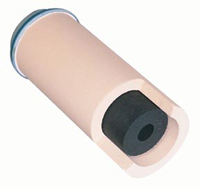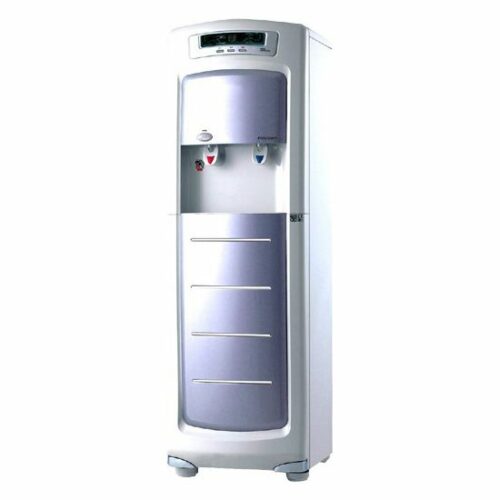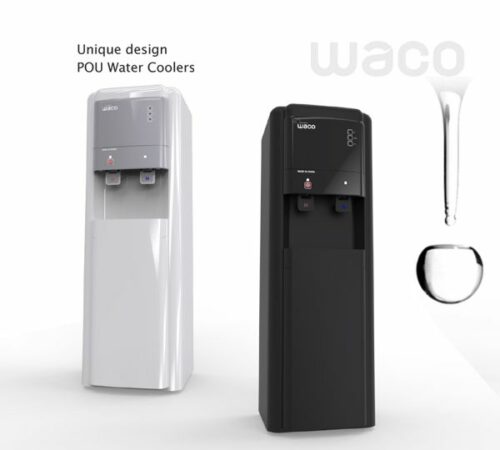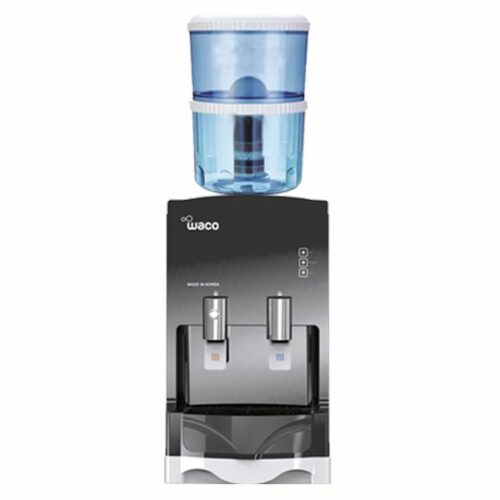
How is water purified?
There are various stages in which water filters are used in the purification process before water is finally dispensed as drinking water from the tap in your home, office or other location. The initial stages of water purification normally use a process of chemical coagulation in conjunction with filtration based on rapid gravity. This normally takes place in large water treatment plants before the water is piped into the public water supply system. It is now also common practice to further filter drinking water through the use of water purification equipment such as ceramic water filters, especially in the home.
What is Ceramic water filters and how does it work?
Ceramic water filters use an ancient technology based on micro-porous material which traps unwanted substances while allowing clean water to be collected and then distributed. The basic material used in these types of water filters is diatomaceous earth, which is the same material used by artisans for centuries to create pottery, porcelain and other types of artifacts.
The pores of ceramic water filters are extremely small, microscopic in fact, and these are what make this material very effective for water filters. These micro pores can easily trap or stop fine sediment, particles and bacteria from entering into the drinking water supply.
In order to maintain their efficiency, ceramic water filters need to be cleaned frequently as their pores become blocked quite quickly as a result of collecting these deposits. Many ceramic water filters also include element of pure silver impregnated into the porous ceramic shells. This is designed to prevent or reduce any bacteria growing within the water filters.
Ceramic water filters also contain a material known as activated carbon. This material is responsible for reducing the quantity of organic and chemical compounds in the water while also improving its taste at the same time during the process.
Cleaning ceramic water filters
In domestic use these ceramic water filters are extremely effective at removing undesirable substances and contaminants from water used for drinking and bathing. Generally, ceramic water filters will require cleaning every 6 months or so depending on the amount of use and quantity of water they filter on a regular basis. However, cleaning of ceramic water filters is an easy task and can be done by simply scrubbing the filter under running water. Further cleaning of ceramic water filters can be done by boiling them for around 5 minutes, a process which helps to refresh the activated carbon within the water filters. Cleaning should be carried out when there is a noticeable reduction in the filtering rate of the water, or every 6 months, in order to maintain water filters in good condition and operating effectively and efficiently.
Clean drinking water is essential for good health as well as hydrating and refreshing. A daily intake of 9 liters (13 cups) for men is recommended while for women 2.2 liters (9 cups) is recommended.




